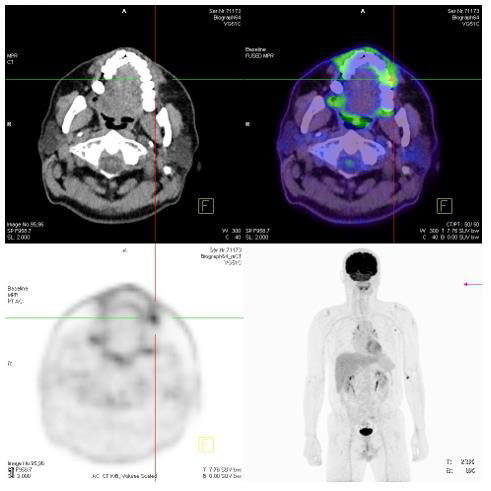Abstract
Background: T2-mapping techniques gain increasing acceptance to study #myocardialedema in inflammatory and #ischemicheartdiseases.
Study Aim: To compare the performance of a breath-hold and two free-breathing T2-mapping techniques in a prospective design in
healthy subjects.
Methods: Three different sequences for T2-mapping were tested
on a #clinicalCMRscanner (Aera, Siemens, Germany) at 1.5T:
a) Breath-hold 2D-acquisition technique (2D-BH)
b) Free-breathing 2D-technique applying a diaphragmatic navigator
(2D-FBNav), and
c) Free-breathing 3D-technique applying self-navigation for respiratory
motion correction (3D-FBSN). T2-values were quantified
in 6 segments per short-axis slice on 5 slices (2D-BH and 3D-FBSN) and 3
slices (2D-FBNav) covering the #leftventricle. #Analyses were also
performed with larger segments (8- and 2-segment models). As a quality
measure, the coefficient of variation (CV%=standard deviation of
T2-value expressed as percentage of mean T2) was determined. Contours
were drawn manually by 2 observers using commercial software
(Gyrotools, Zurich, Switzerland). T2 differences between techniques,
slices, and segments were evaluated by repeated-measures ANOVA and
post-hoc Bonferroni-correction.
For more Biomedical open access journals please click on https://biomedres.us/
Fore more Research Articles on BJSTR
Comparison of Three Different #Cardiac T2-Mapping Techniques at 1.5 Tesla by Juerg Schwitter in BJSTR


No comments:
Post a Comment
Note: Only a member of this blog may post a comment.